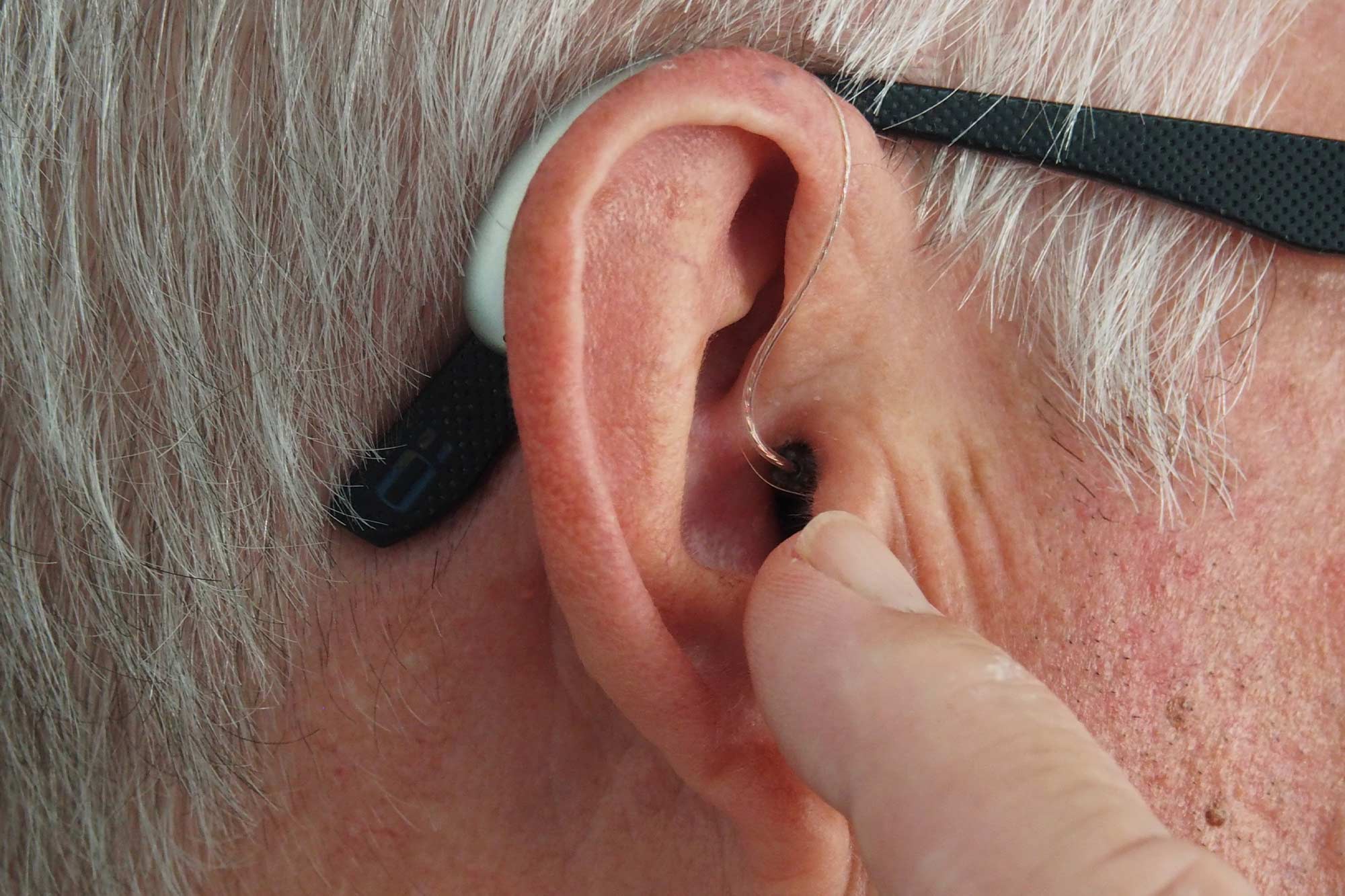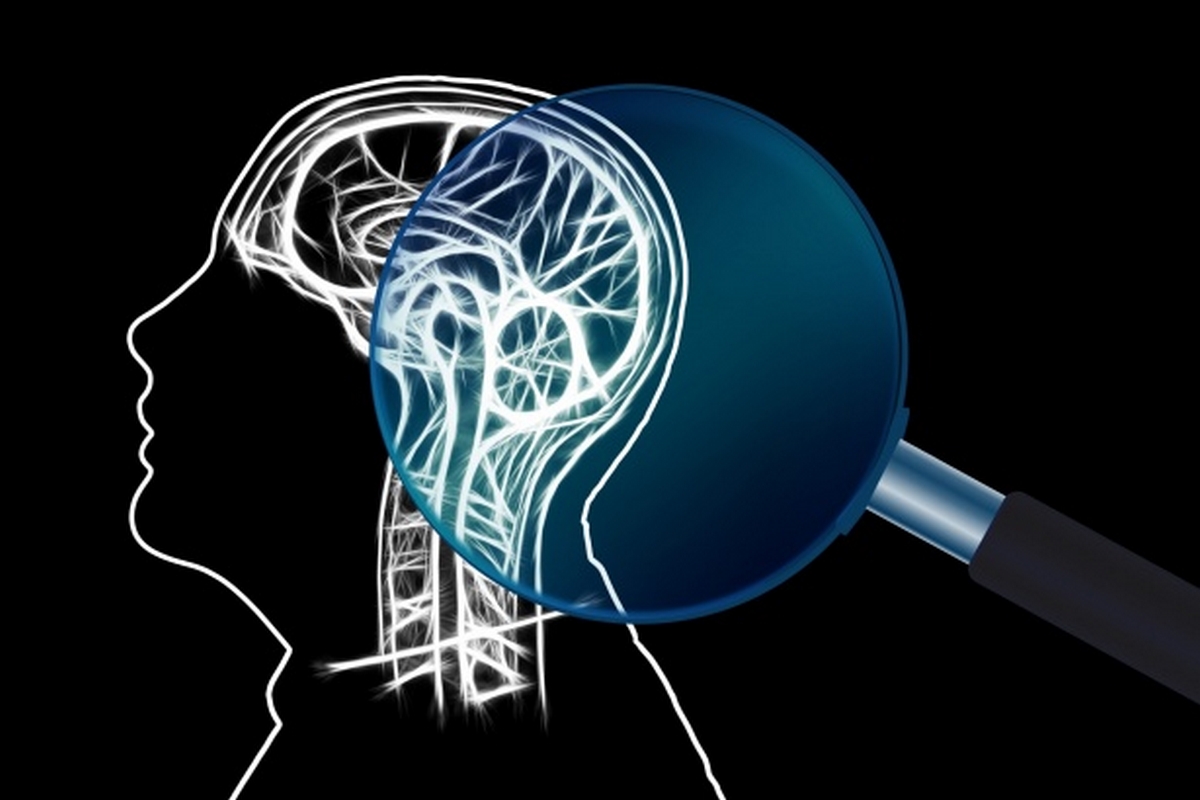Until now, science believed that the brain consisted of two large families of cells: neurons and glial cells. Now researchers have identified a third type of cell, a type of hybrid cell that bridges the gap between the other two types.
The building blocks of the nervous system are neurons: cells that form complex networks that transmit information within the brain and through the spine to the rest of the body and back.
Glial cells perform a supportive function: they make up the brain’s own immune system and generally help maintain an optimal environment for neurons to do their work.
One of these types of glial cells, the star-shaped astrocytes, are often found around synapses, which are the connections between nerve cells that nerve impulses must cross with the help of chemical messengers called neurotransmitters.
Scientists have long hypothesized that astrocytes may play a role in synaptic transmission, but experimental results have been conflicting. Now this may be new research IFLS I searched, and found the answer: a type of cell we didn’t know existed.
Using precise technology that allows scientists to map the gene expression profiles of individual cells, the team of scientists has identified a small number of astrocytes that possess all the properties necessary to perform a function normally found only in the synaptic connections of neurons. They appear to be able to release glutamate, the most common neurotransmitter in the brain.
This was first observed in mouse cells, but Ludovic Tilly, co-author of the study it describes, explained in a statement that the same function appears to be conserved in humans.
“We have also identified other specialized proteins in these cells that are essential for glutamatergic vesicles to function and communicate quickly with other cells,” Tilly added.
Advanced imaging techniques allowed the team to monitor glutamate-releasing cells in tissue samples and live mice. Researcher Andrea Volterra explained that glutamate is only released from specific areas of these cells, similar to the synapses of neurons.
Even more surprising, the experiments found that the glutamate released by the new hybrid cells affects synaptic transmission and the organization of neural circuits.
“These are the cells that modulate the activity of neurons, controlling the level of connectivity and excitability of neurons,” said brain researcher Roberta De Ceglia.
They also highlighted the role of these newly discovered cells in memory functioning, raising the possibility that hybrid cells may play a role in disorders that affect memory, such as dementia, but potential links to epilepsy and Parkinson’s disease have also been noted. .
“A new cell type has now been installed between neurons and astrocytes. Its discovery opens enormous research horizons,” Volterra concluded. “Our subsequent studies will also reveal the potential protective role of this cell type against memory disorders in Alzheimer’s disease.”
This might also be interesting:












































